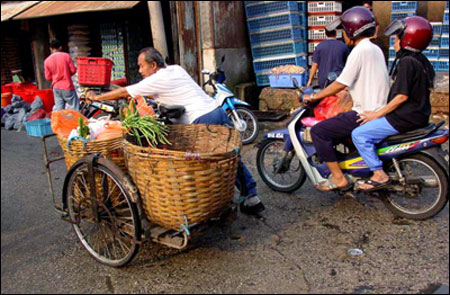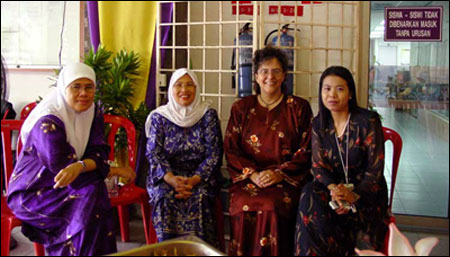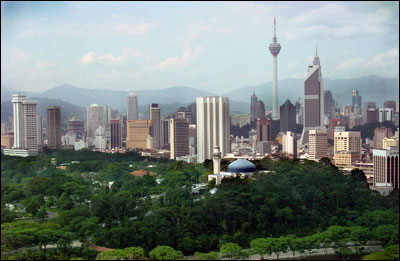In its purest form, the newspaper was to serve as a city guardian. This was because the paper broke news. It informed and protected its constituency by imparting necessary fact.
Of course this isn’t print’s role any longer. Only the Internet and 24-hour broadcast news really break news now, faster and more cheaply. But newspapers have yet to adjust their role or articulate this shift. They continue to assume the obstinately objective, dispassionate voice of news breaker and to report facts that have already been reported elsewhere.
The combined effect of print’s inability to keep pace with today’s hard news cycle and its reluctance to abandon its official tone — even though it rarely delivers the latest word — has meant disaster for subscription dailies’ revenues. But — more importantly — in clinging to the old form, print journalists forego the chance to take up, at last, the greater journalistic tradition: the tradition of narrative news.
Narrative news is the retelling of real events with the intent to marry information to story, story being the artful rendering of events and the people who are part of them. Narrative is deliberate. Its structure, style, and voice are employed to reflect levels of meaning — social, psychological, historical — and to impart a sense of the greater significance of the action.
Narrative is a salable product for the simple fact that we live by it. We’re all always making sense of experience according to a story’s essential elements: continuity, character, and concept. H. Porter Abbott, a scholar of narrative, writes that narrative is “the principal way in which our species organizes its understanding of time”; that narrative gives us a sense of the shape of time, of our place in infinite space. In this respect, narrative is the essential element of human existence: It gives our lives meaning.
As such, it’s our inherent mode of comprehension and expression. Well-crafted narrative journalism demands the reader’s engagement; its structure and voice work to invest the reader in the page. Traditional methods of journalism preach the virtue of information and the plain language that delivers it: the maintenance of distance between journalist and reader, the antinarrative. But in attempting to distance themselves from their audience, journalists have only distanced the audience from their product.
This realization is not new, nor is the notion of including narrative in daily news. Many papers feature long-form news reports that editors habitually refer to as narrative. But to dress up any ordinary bit of journalism with superficial literary techniques — arbitrary metaphor, description, or wordplay — is not narrative. Nor is the insertion of a descriptive scene into an otherwise ordinary news piece. These are merely fast and facile attempts to disguise dull writing. But gussied-up inverted pyramids are only barely more appealing than un-gussied ones.
Were newspapers to attempt real narrative, the shift would require an investment in time. Such an investment is best suited to a newspaper, which can thrive on taking the time — a luxury that neither online nor broadcast news can afford. Because of its requisite slow carefulness, written narrative seems ill-suited to the web (read: print’s key competitor), which is fast-paced to a fault. And because the great appeal of the Web is its ability to display fragments of information and to deliver text in no predetermined sequence, that medium seems ill-suited to long-form story. The very concept of the nonlinear network conflicts with the nature of narrative, the basis of which is structured continuity. Story unfolds with deliberate intent, not in flashes.
Print journalists and publishers should take advantage of this media dissonance. Because straight information is base metal to narrative’s gem, it has evolved into a communal property, for which the public is ever less willing to pay. It will grow less salable over time, not only because its availability increases exponentially with the influx of new technology, but also because, as writing, it does little to engage its reader.
By contrast, narrative moves readers precisely because it embraces the communicative properties common to everyday conversation. Like conversational language, the language of narrative operates under established patterns: for example, the chronological structure of a story that is simply told. It draws upon common ideas and objects to evoke greater and yet-unseen ideas. And maybe most importantly, narrative, like spoken language, conveys something between people. It specifies its message to an audience through its tone, diction, frame of reference, and use of rich language.
People respond positively to these properties and are willing to pay for work that incorporates them because the writing feels real. Narrative is humanizing. It makes sense of our world. It echoes the ways we speak our own stories and the ways we relate to one another. It’s an ideal form through which to learn about our society.
- Follow us on Twitter: @inthefray
- Comment on stories or like us on Facebook
- Subscribe to our free email newsletter
- Send us your writing, photography, or artwork
- Republish our Creative Commons-licensed content

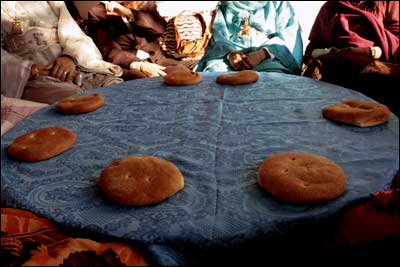

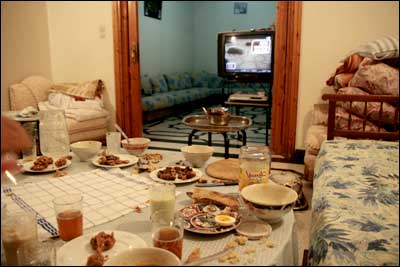
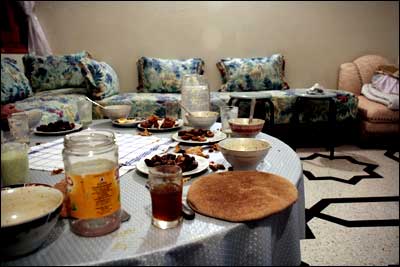
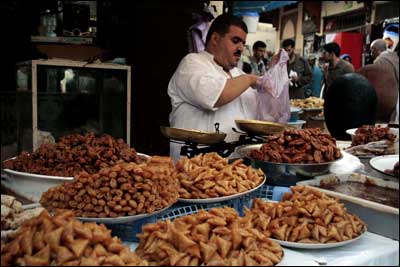

 For a young cancer patient, it’s an especially nerve-racking place.
For a young cancer patient, it’s an especially nerve-racking place. 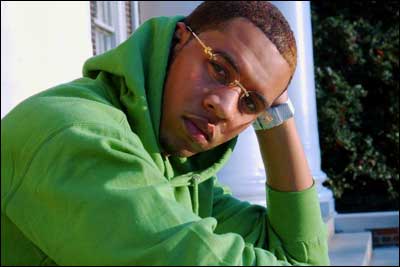
 Ghana woos its black diaspora.
Ghana woos its black diaspora. 
 Living with war in Beirut.
Living with war in Beirut. 
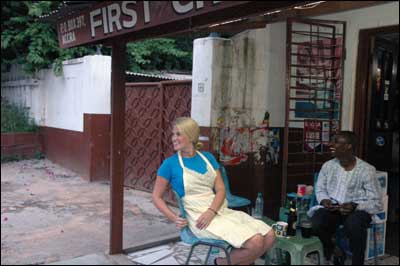
 I didn’t expect to work while studying abroad. Then the sign in the window drew me in.
I didn’t expect to work while studying abroad. Then the sign in the window drew me in. 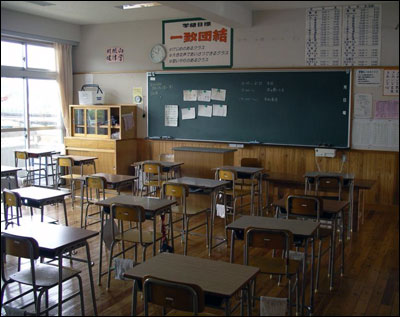
 Combative English: lesson one.
Combative English: lesson one. 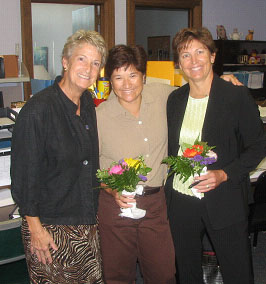

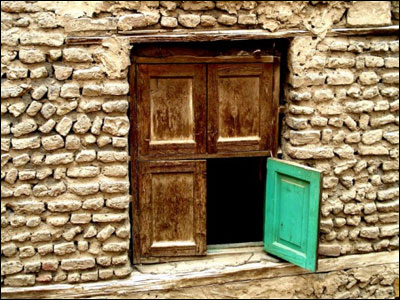
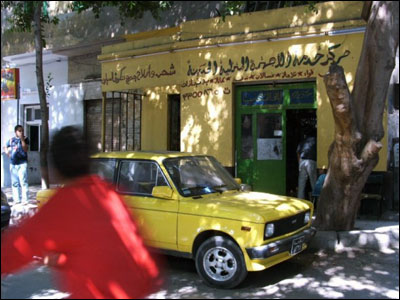
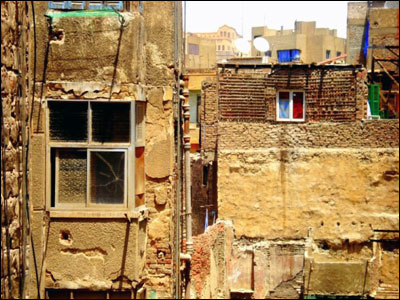
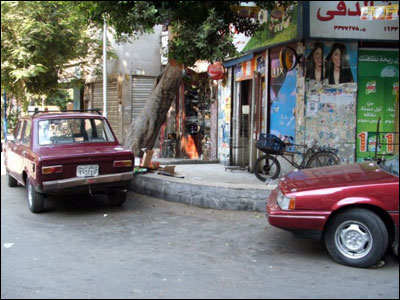
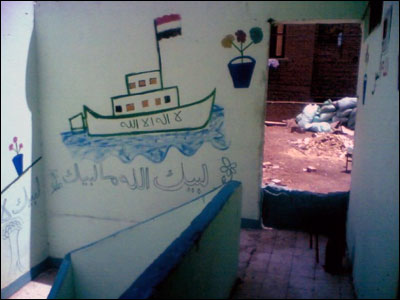

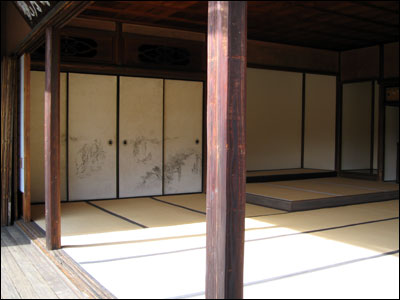
 Following tradition while kneeling.
Following tradition while kneeling. 
 “Kafka was bug.”
“Kafka was bug.” 

